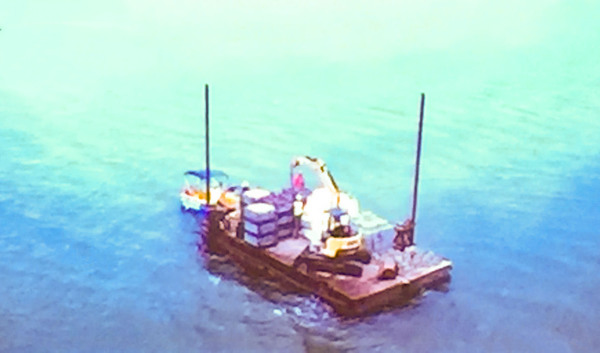Pumicestone Passage, between the mainland and Bribie Island, was filled with oysters before numbers diminished due to deforestation which delivered sediment and the mudworm to the waterway and over-harvesting, Susie Chapman from Healthy Land and Water told guests at the Noosa Parks Association’s last Friday forum. In 2016 a project was launched to reinstate oyster reefs in the passage. Susie said with concerns about contamination from septic waste it was decided the oysters would be grown not for eating but for environmental benefits of filtering the water, protecting the coastal banks and increasing fish abundance. She said the project brought together groups in the community including the Moreton Bay Council, indigenous community, fisherman, Maritime safety and the University of the Sunshine Coast and a wide variety of studies were conducted. These included seabed mapping, channel boating safety, spat studies, salinity, water temperature and the siting of the reefs where they had previously existed and would not harm seagrass growth.
The State Government gave approval for a one-hectare area in the passage to be used and three different designs of artificial reef were created among 16 reefs which at the end of 2017 were sited off Kakadu, Beach Bribie Island at a depth of 3m-5m. They were filled with recyled oyster shells and some included live oysters for a comparative study.
Susie said after 18 months the three-year pilot project, which is being monitored by USC’s Dr Ben Gilby who worked on the Noosa River oyster project, has found no difference in results between the different types of reef structures. They have found fish are very attracted to the reefs and the oysters have had a “substantial recruitment, a survival rate of about 95 per cent and are continuing to grow but they are yet to determine the impact on fish stocks. There has been little damage to reefs which were widely supported by the community, she said.







